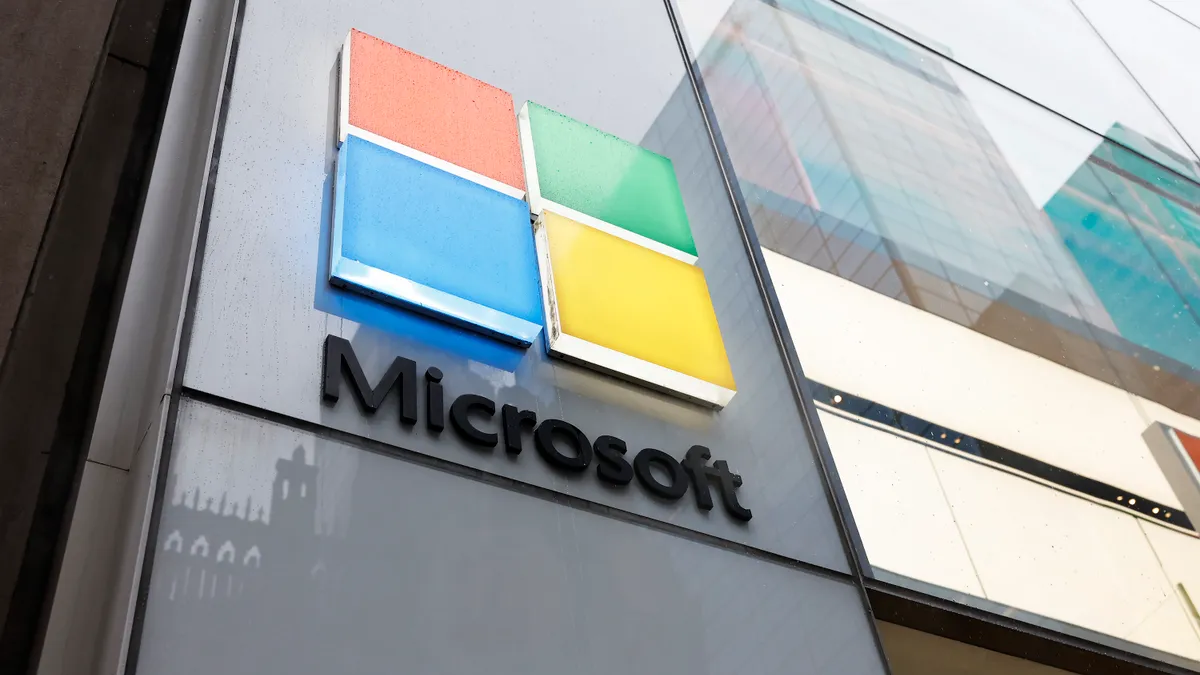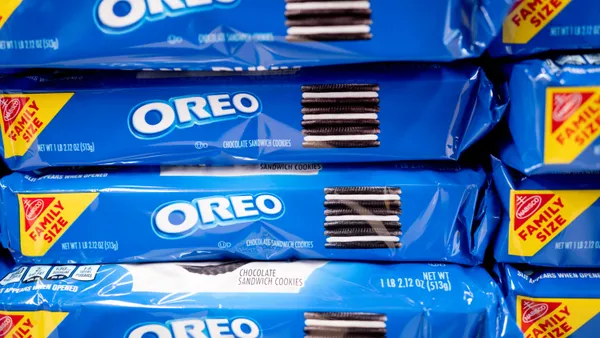Dive Brief:
- Microsoft and carbon management firm Carbon Direct unveiled standards Tuesday to boost the development of marine carbon dioxide removal projects and the purchase of related carbon credits.
- The science-based criteria will help scale ocean-based decarbonization solutions and “address key principles such as environmental integrity, monitoring, durability, and social impact,” the tech giant and carbon management firm said in a joint release.
- The standards will also offer guidance on how marine carbon removal can be measured, monitored, reported and verified. Both companies said they will continue to update the guidance annually as part of their endeavor to support high-integrity carbon removal solutions.
Dive Insight:
Marine carbon dioxide removal involves any ocean-based process or technology that is devised to remove carbon dioxide from the atmosphere and store it for long periods of time in the ocean, per the U.S. Environmental Protection Agency. Such processes include adding alkaline materials into the ocean to expand the amount of carbon that can be stored in the water, as well as altering the ocean’s chemistry by adding iron or other nutrients to spur the growth of marine algae like phytoplankton, which help to rapidly absorb carbon dioxide from the water.
Recent research indicates that marine carbon dioxide removal can potentially remove multiple gigatons of carbon in future decades and also leverage the ocean’s capacity — as it covers 70% of the Earth’s surface — to act as a natural carbon sequestration space.
“With rapid technological progress and increased investment, marine carbon dioxide removal has the potential to deliver durable, large-scale [carbon dioxide] removal — potentially billions of tonnes per year in the coming decades,” Microsoft Senior Director of Energy Markets Brian Marrs said in the April 1 release. “By establishing rigorous new [marine carbon dioxide removal] criteria, we aim to help project developers build high-integrity solutions that maximize both environmental and social benefits.”
The criteria will also establish guidance on preventing leakage, enhancing community engagement and setting baselines for marine carbon dioxide removal projects.
This isn’t the first time Microsoft has leaned on ocean-based carbon removal. The company aims to become carbon negative by 2030 by reducing carbon emissions, increasing its use of carbon-free electricity and using such carbon removals, according to the company’s latest environmental sustainability report.
Last year, the tech giant signed a deal with ocean-based carbon removal company Ebb Carbon, where Ebb will capture and store up to 350,000 tonnes of carbon dioxide for the tech giant over the next decade. Microsoft contracted the initial removal of 1,333 tonnes of carbon dioxide in October, with options to purchase an additional 350,000 tonnes over the next 10 years.












